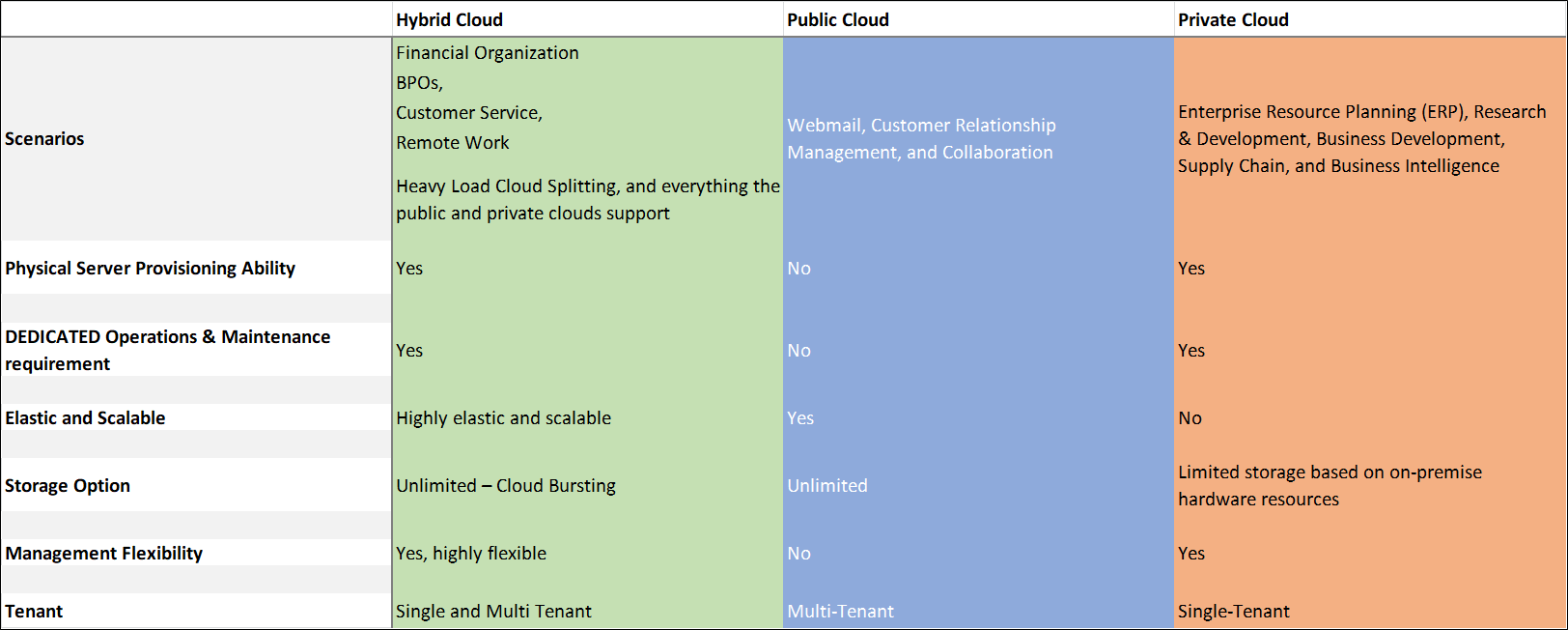By Raghav K.
2020 came with a set of constraints, and the IT infrastructure was a vital link in maintaining business continuity throughout the year and into 2021. These constraints were not limited or controlled by humans. Technologists and cloud backbone leaders like Alibaba Cloud played a major role in maintaining and performing at optimal levels to maintain industry thresholds and provide a regulated service environment for enterprises. This kept the enterprises from succumbing to the economic slowdown and cut down of the workforce efficiency due to the work-from-home implementation.
Everyone predicted the cloud industry would face an irrecoverable slowdown from the COVID-19 pandemic. However, cloud architecture beat all odds and was adopted rapidly by new firms. The firms already working with the cloud invested more than anticipated to expand their cloud infrastructure.
Hybrid cloud and multi-cloud are the two architectures that pave the way to a more service-oriented future for enterprises. This blog lists some of the best practices and a hybrid cloud adoption model that enables a seamless and faster approach towards your hybrid cloud journey.
Hybrid cloud adoption became a default change for organizations learning about the cloud. The Hybrid model of cloud computing works with the one size fits all scenario. Let me clarify that statement. The provided infrastructure varies based on the requirements and size of the organization, but the one size fits all concept is a solution that can work for enterprises of all sizes.
Hybrid cloud adoption happens at a different rate for different organizations. The only constant here is the level of hybridity involved in our cloud solution. When you already have an on-premises setup, using public cloud services puts you in the hybrid cloud world. The more services you connect to the cloud, the deeper integration you achieve with a hybrid cloud.
The very first step to hybrid cloud adoption is an effective strategy that overcomes barriers, identifies challenges, and acknowledges requirements that can help overcome these barriers and challenges with an on-set of evolution for a progressive organizational future.
The hybrid cloud model presents supreme flexibility with a choice of public and private cloud to associate changes with advantages. The smartest strategies do not focus on gains; they focus on avoiding pitfalls and utilizing resources to the maximum extent, enabling a cautious, subtle, and organic solution to most inherent complications that might occur due to the shift from an on-premises setup.
The adoption of hybrid cloud resolves the private or public cloud perplexity. Hybrid cloud offers the best of both worlds. If you adopt the hybrid cloud model with a cloud provider like Alibaba Cloud, you can build a hybrid cloud environment that includes on-premises, private, and public cloud services to maximize productivity and business intelligence.
The table below compares public, private, and hybrid clouds:

Cloud computing has influenced and changed many industries. The cloud adoption trend is growing considerably. The methods of cloud computing become trends and practices as the technologies evolve. As this happens, new business methodologies replace the old ones, forcing rapid changes for organizations.
Today, the average business day involves emailing, video conferencing to manage your business relationships, and documentation. All of these tasks are now seamlessly integrated into your daily business practice due to cloud availability. Hybridity bridges public cloud services and your private cloud resources by offering both.
It offers the best of both worlds, but a strategic alliance between service planning and execution is also important. Documenting hybrid cloud concepts is simple, but conceptualization is only one step in the real-world implementation of business practices.
While it can be a little confusing for businesses to decide between public and private clouds, you need to draw a clear perspective to distribute services depending on their segments. Remember, a private cloud is owned and more secure than a public cloud, but a public cloud is easier to get on the cloud.
Alibaba Cloud can help you build your hybrid cloud solution. Automation plays a significant role in overcoming most challenges associated with human errors and complex task handling. Orchestration is another factor to distribute data and service handling between public and private cloud platforms. It is based on suitability.
On-demand migrations between platforms are driven by rapidly changing business conditions. These might require you to rewrite your applications for better portability, but with hybrid cloud migration, you don’t have to deal with this colossal task right away. You can continue to route your application using your private cloud and reap the benefits associated with the hybrid cloud.
Cloud-native architecture adoption for applications is still in its infancy. However, organizations have realized the unlimited benefits of cloud-native, and many are shifting. Digital transformation initiatives require significant investments in technology, culture, and business process development. Digital transformation will involve all facets of your business, making it a time-consuming practice. You must sacrifice the time and create effective ways to manage your transformation by introducing strategies while working towards achieving your business goals.
In Part 3 of this series, I will explain the best practices to overcome hybrid cloud challenges, inducing continuity in your cloud, and differentiating between cloud assets and liabilities. In the end, I will summarize steps you can follow that will help you predict your business status for the future and how you can make sure no obstacles will slow down your growth.

2,600 posts | 750 followers
FollowAlibaba Clouder - March 10, 2021
Alibaba Clouder - March 11, 2021
Alibaba Clouder - December 18, 2020
Alibaba Cloud ECS - March 10, 2021
Alibaba Clouder - July 15, 2020
Alibaba Cloud Community - October 9, 2022

2,600 posts | 750 followers
Follow Data Transmission Service
Data Transmission Service
Supports data migration and data synchronization between data engines, such as relational database, NoSQL and OLAP
Learn More Hybrid Cloud Solution
Hybrid Cloud Solution
Highly reliable and secure deployment solutions for enterprises to fully experience the unique benefits of the hybrid cloud
Learn More Networking Overview
Networking Overview
Connect your business globally with our stable network anytime anywhere.
Learn More Hybrid Cloud Storage
Hybrid Cloud Storage
A cost-effective, efficient and easy-to-manage hybrid cloud storage solution.
Learn MoreMore Posts by Alibaba Clouder